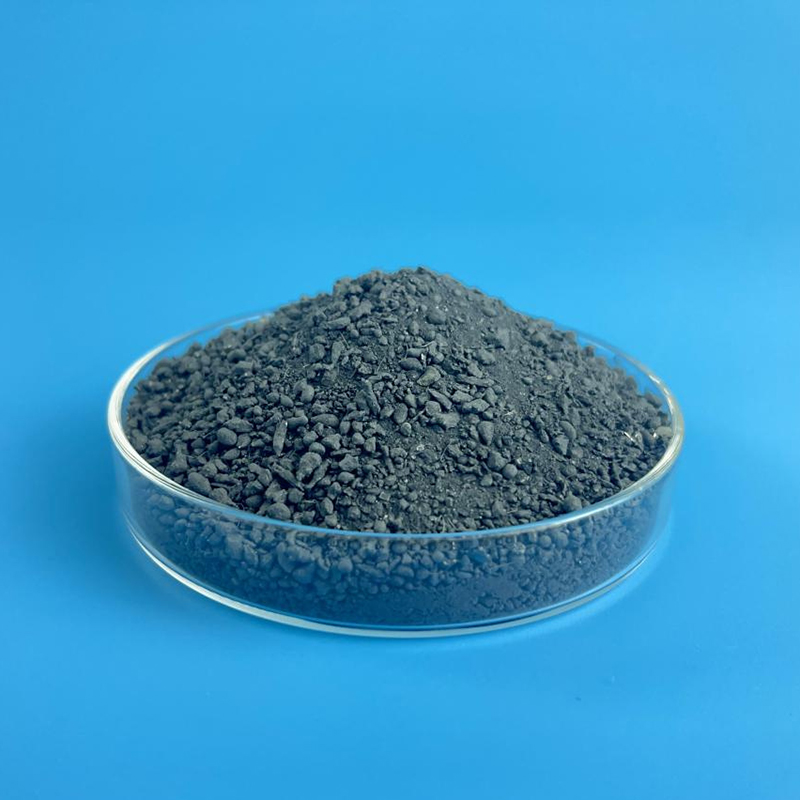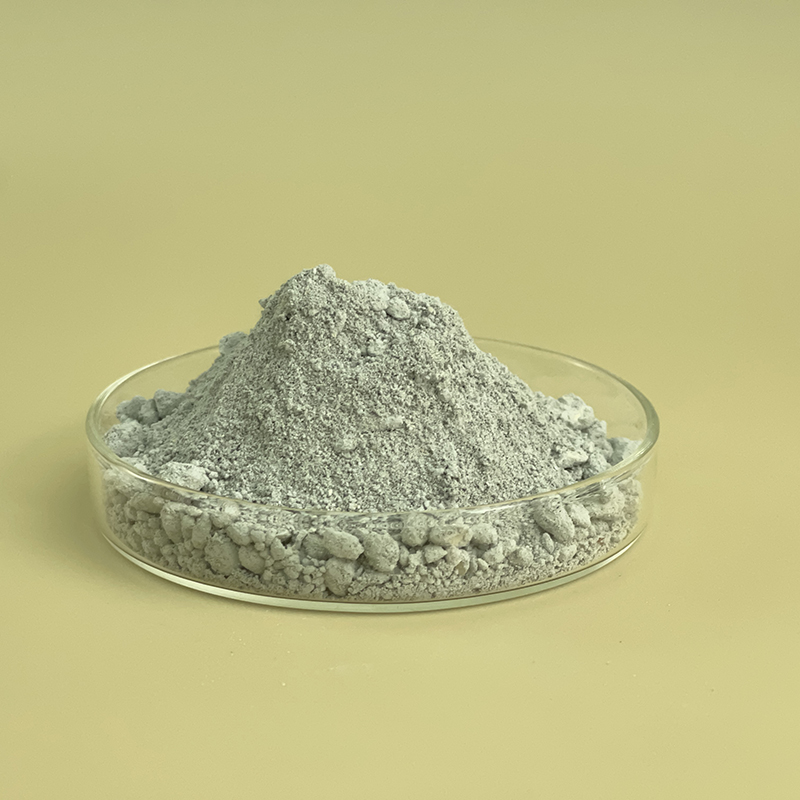A bizarre new type of rock containing plastic has been found across the globe, formed mainly from plastic we have created and discarded.
This deposit is a combination of rock and plastic polymers from human waste that have been compressed together. Refractory Castable Concrete

Plastic rocks have been found both on the coast and inland in 11 countries across 5 continents so far.
They illustrate the extent of plastic pollution throughout the world, with one researcher telling Newsweek the rocks pose an imminent danger to ocean sustainability and ultimately to human health.
There is some disagreement among the scientific community as to what to call these deposits, with various terms proposed—some of which describe plastic rocks formed in specific ways.
Among the myriad terms are "plastistone," "plastiglomerate," "plasticrust," "plastitar," "plastisandstone" and "anthropoquinas."
The first example of a plastic rock was reported in Hawaii by geologist Patricia Corcoran nearly 10 years ago—and termed a "plastiglomerate."
"Molten plastic, sand grains, clasts from rock, coral, shells, and wood debris were held together after campfire burning on Kamilo Beach, Hawaii, USA," Deyi Hou, author of a recent paper that explored the formation and extent of what it calls plastistones, and associate professor of environment at Tsinghua University in China, told Newsweek.
He added: "Since then, they have been frequently found on beaches, both on islands and mainland coastlines.
"Our recent study was the first to report the discovery of plastistones in the inland region and the first to report the chemical bonding between plastic and rock.
"Our recent review summarized that plastistones have been discovered across 5 continents and 11 countries."
Hou and colleagues explained in a recent paper that plastic rocks may form via a wide range of methods.
"Burning is a commonly proposed mechanism, where plastic debris is melted during campfire or waste burning and then held within the mineral matrix when it cools down," Hou said.
He added: "When waves crash against intertidal rocks, plastic debris from maritime sources can become physically adhered to the rock surface."
Another way to form plastic rocks comes via oil leaks that contain a significant amount of plastic and reach a beach. This material, Hou said, can "attach firmly to the host rock matrix and finally undergo partial evaporation and solidification processes."
"Finally, our study found that chemical binding contributed to plastistone generation in an inland region," said Hou.
"We hypothesize that sunlight irradiation led to plastic oxidation, which in turn led to this chemical binding."
Plastic rocks have been discovered in Bangladesh, Brazil, China, Hawaii, India, Italy, Japan, Peru, Portugal, the Spanish Canary Islands, and the U.K.
The proportions of plastic polymers found within these rocks closely matches the proportions found in plastic waste.
"Plastistones have emerged as a new term to describe plastics that have been incorporated into rocks," Gabriel Enrique De-la-Torre, a plastic pollution researcher at Universidad San Ignacio de Loyola in Peru, told Newsweek.
"Despite its novelty, these new types of plastic pollutants have been reported in multiple locations across the globe. Interestingly, when plastics are incorporated into rocks, their behavior in the environment changes, possibly altering the fate of plastics in the environment.
"All in all, these findings show how complex the problem of plastic pollution has become."
The formation of plastic rocks around the world is a direct result of the plastic pollution we are pouring into the environment, the authors said—amounting to roughly 22–48 million metric tons annually.
"From a geologic perspective, the mass of plastic deposited by modern human being is not trivial," the authors wrote.
This pollution is worse in some places, they added—such as cities, mulched agricultural soils, and plastic waste dumping sites.
Rocks containing plastic are expected to increasingly emerge as part of natural geological processes and stick around for a long time.
"Plastistones can be made from a variety of plastic wastes. Plastic bags, bottles, fishing gear, maritime ropes, and agricultural mulching films can undergo lithification with rocks, giving rise to the formation of plastistones," Hou said.
Plastic rocks may also alter the microbial communities within the soil and surrounding environment, which could have impacts on local ecosystems.
"We observed a lower microbial diversity in the plastistone compared to the adjacent soil. Furthermore, we identified several microorganisms that showed a preference for colonizing the plastistone," Hou said.
"Nevertheless, the potential ecological risks associated with this phenomenon remain to be explored."
To make matters worse, plastic rocks also shed microplastics, tiny pieces of pollution known to have dispersed across the globe and even into human and animal bodies.
"The occurrence of plastiglomerate in pristine coastal islands such as those found in India increases the possibility of release of microplastic as well as associated chemical forms from the same due to weathering and waves," biogeochemist professor Punyasloke Bhadury of the Indian Institute of Science Education and Research told Newsweek.
"The released microplastic will end up in the ocean, ultimately reaching higher trophic levels such as marine mammals and human through predominantly edible fish."
He concluded: "Plastiglomerate poses an imminent danger to ocean sustainability, blue economy and overall human health."
The full findings of the study were published in the journal Earth-Science Reviews.

Castable Refractory Uk Do you have a tip on a science story that Newsweek should be covering? Do you have a question about plastic pollution? Let us know via science@newsweek.com.